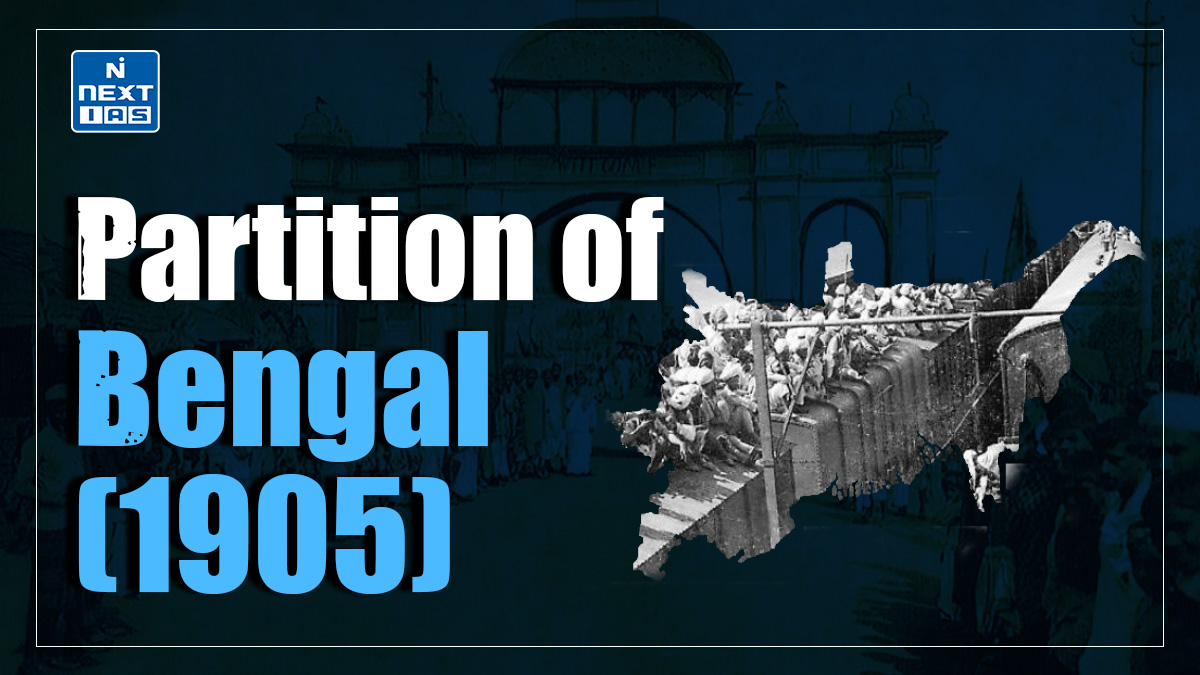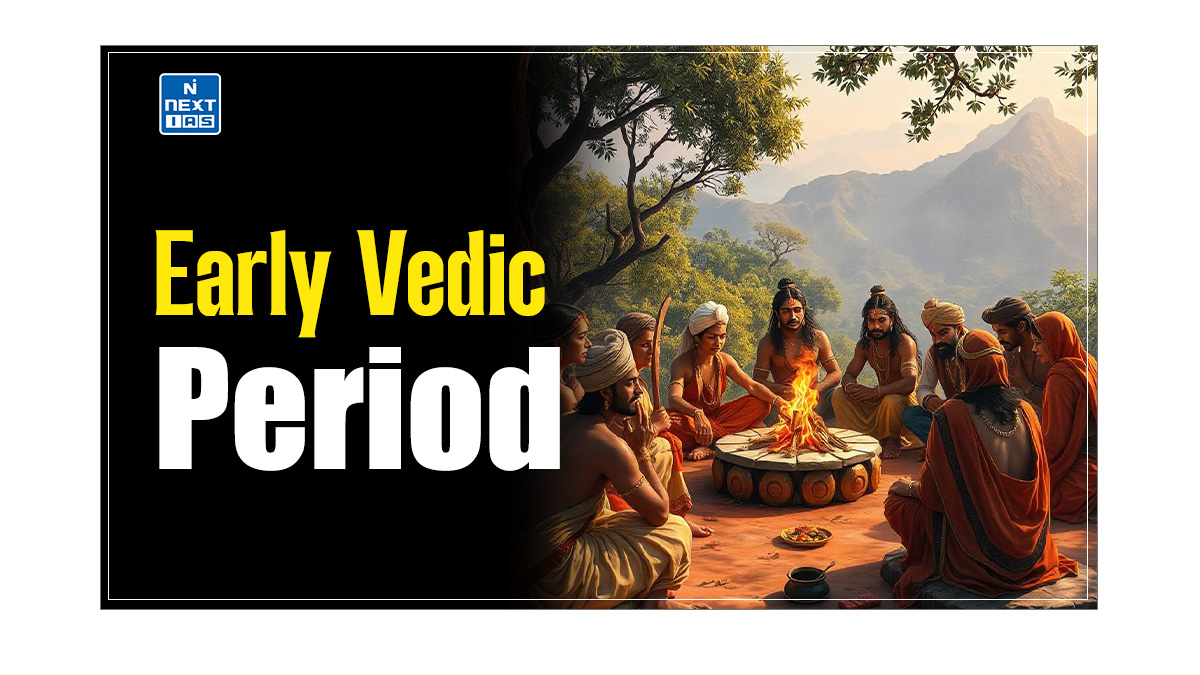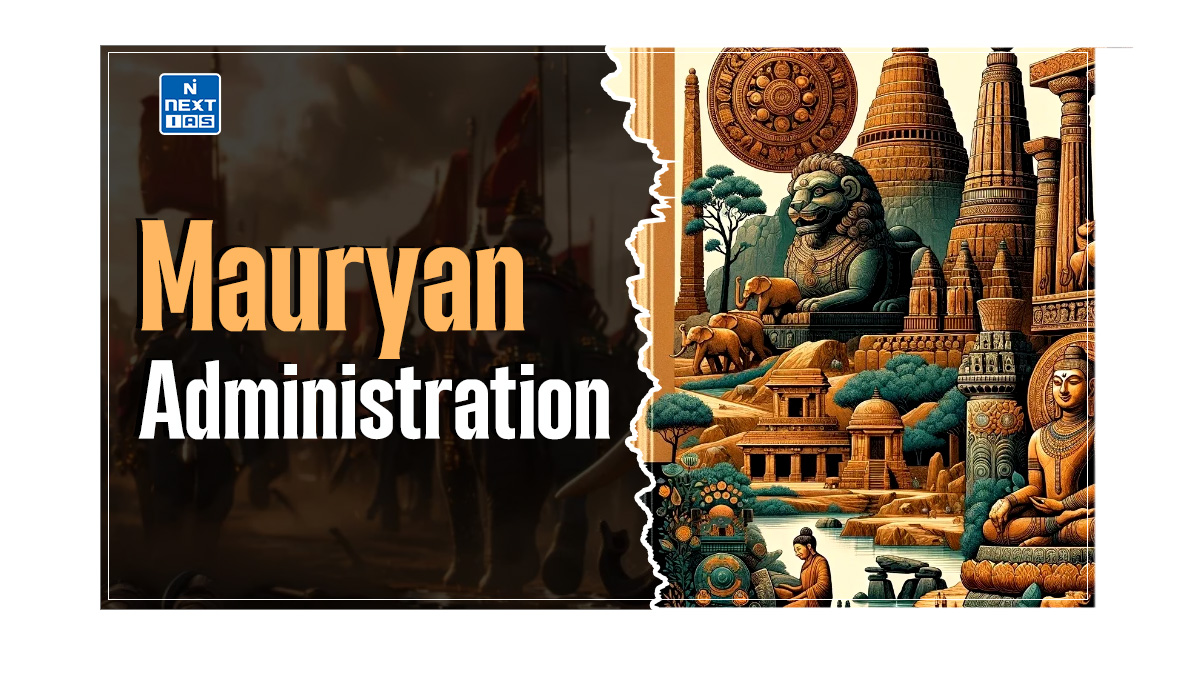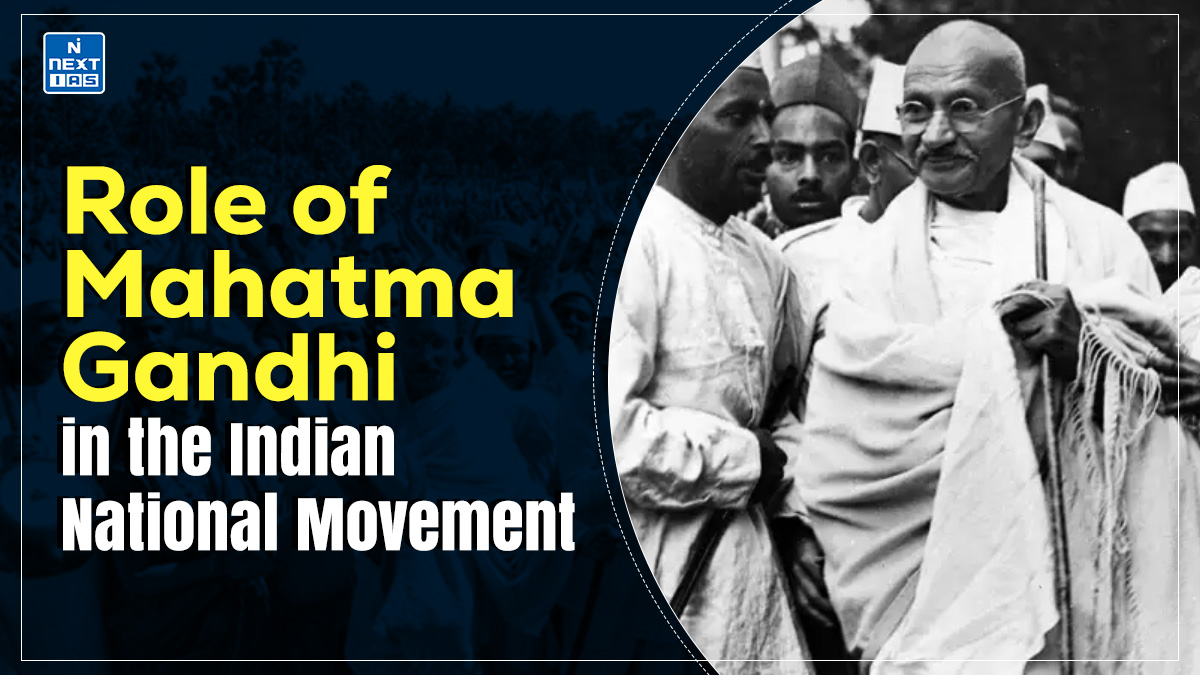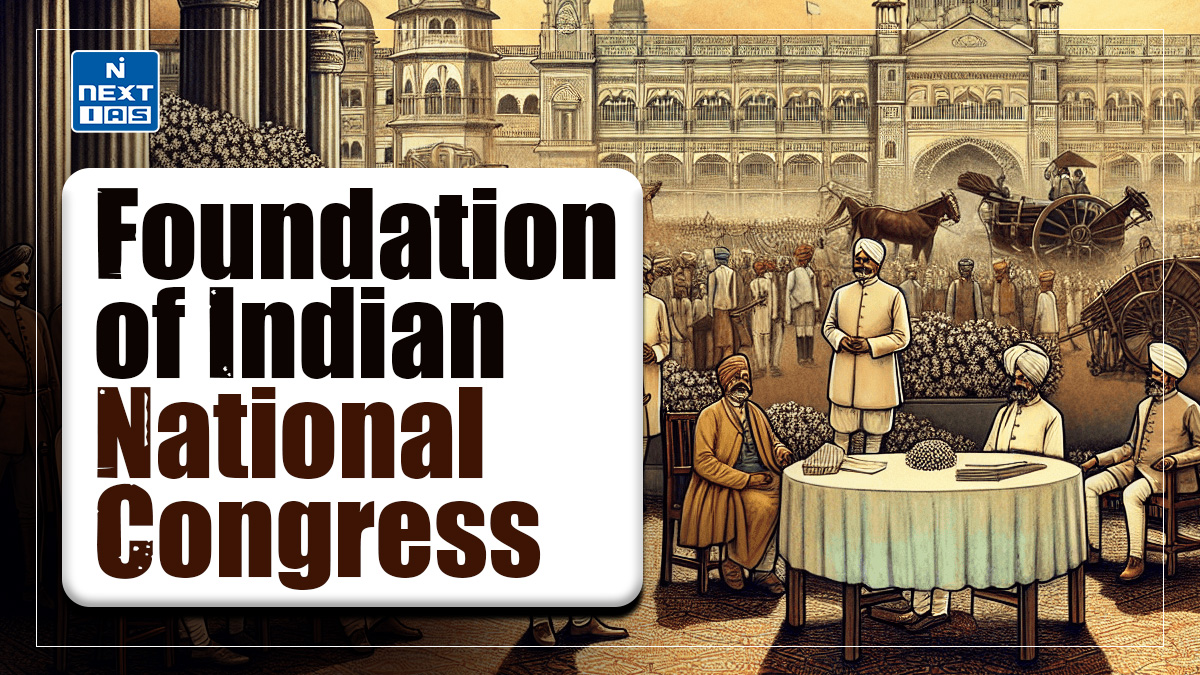
The Mauryan Empire was a major ancient Indian empire that flourished from 321 to 185 BCE. It is significant for its extensive territorial expansion, sophisticated administration, and the promotion of Buddhism under Ashoka the Great. This article aims to study in detail the Mauryan Empire, including its sources, rise, prominent rulers, administrative architecture, significance, reasons for decline, and other related aspects.
About Mauryan Empire
- The Mauryan Empire was a geographically extensive Iron Age historical power in ancient India, which was ruled by the Mauryan dynasty from 321 to 185 BCE.
- The empire originated from the kingdom of Magadha in the Indo-Gangetic plains (modern Bihar, eastern Uttar Pradesh, and Bengal) on the east side of the Indian subcontinent.
- Its capital city was Pataliputra (modern Patna).
- The empire was the largest ever in the Indian subcontinent and reached its zenith under Asoka.
Sources of Mauryan Empire
The sources of the Mauryan Empire can be seen as follows:
Literary Sources of Mauryan Empire
The literary sources of Mauryan Empire are as follows:
- Arthasastra: Kautilya
- It deals with internal administration and foreign relations.
- Indica: Megasthenes
- He was the Greek ambassador of Selecus Nicator.
- It gives an account of the capital city of Patliputra, its administration, and military organisation.
- It also provides a notable picture of contemporary social life.
- Mudrarakshasa: Visakadatta
- It is a Sanskrit drama written during the Gupta period.
- It describes Chandragupta’s victory over Nandas with the assistance of Kautaliya and the socio-economic conditions under the Maurayas.
- Kalpsutra: Jainism
- It contains information about Chandragupta.
Archaeological Sources of Mauryan Empire
The archaeological sources of Mauryan Empire are as follows:
- Edicts of Asoka: The earliest deciphered inscriptions were Asokan inscriptions, which James Prinsep deciphered in 1837.
Rise of Mauryan Empire
- The Rise of the Mauryan Empire is a pivotal moment in ancient Indian history, characterised by Chandragupta Maurya’s swift and strategic consolidation of power.
- Emerging from relative obscurity in the 4th century BCE, Chandragupta, aided by his advisor Kautilya (Chanakya), capitalised on the political instability of Alexander the Great’s invasion and the subsequent weakening of local powers.
- Through military prowess, astute diplomacy, and effective governance, Chandragupta overthrew the Nanda Dynasty and established the Maurya Empire, swiftly expanding its influence across the Indian subcontinent.
- The empire’s rise was marked by its sophisticated administrative system, which included centralised control and a well-organized bureaucracy, as detailed in Chanakya’s Arthashastra.
- The Maurya Empire’s strategic expansion and unification of diverse territories laid the foundation for one of the most significant and enduring empires in Indian history.
- It set the stage for the reign of Ashoka the Great and the propagation of Buddhism throughout Asia.
All the important rulers of Mauryan Empire have been discussed in detail in the following section.
Chandragupta Maurya (322-297 BC)

- Chandragupta Maurya was the founder of the Mauryan Empire.
- He overthrew the Nanda dynasty and rapidly expanded his power westward across central and western India.
- He took advantage of the disruptions of local powers in the wake of Alexander’s Greek and Persian armies’ withdrawal from westward.
- He, with the help of Chanakya (Kautilya), overthrew the Nandas and established the rule of the Maurya Dynasty.
- Chanakya’s machinations against Chandragupta’s enemies are described in detail in the Mudrarakshasha, a drama by Vishakhadatta in the 9th century.
- By 320 BCE, the Mauryan Empire had fully occupied northwestern India, defeating and conquering the satraps left by Alexander.
- The Greek scholars also called him Sandrocottus. Selecus Necator was one of Alexander’s generals.
- After his death, he succeeded in gaining control of most Asiatic provinces. Chandragupta defeated him, and Selecus gave Kabul, Kandahar, Herat, and Baluchistan to Chandragupta.

- Two kings also entered into a marriage alliance.
- Selecus sent his ambassador Megasthenes to Chandragupta’s court to confirm this alliance.
- Megasthenes wrote Indika, giving an account of Chandragupta’s rule. Chanakya’s Arthashastra also elaborately provides an account of Chandragupta’s Rule.
- Chandragupta adopted Jainism and went to Shravanabelagola with Bhadrabahu, where he died of slow starvation.

- William Jones was the first scholar to recognise Sandrokottos as Chandra Gupta Maurya.
- Justin, a Greek writer, described the meeting of Sandrokottos and Alexander The Great.
- Chandragupta Maurya was the one who first unified India politically.
- Helena was Seleucus Nicotor’s daughter, whom Chandra Gupta Maurya defeated in 305 B.C.
- After the war, Chandragupta Maurya married Helena.
- Archaeological remains from the Mauryan period have been discovered in Bulandibagh and Kumhrar near Patna (Ancient Patliputra), which suggests that Chandragupta’s Palace was mainly made of wood.
- Jains and Tamil inscriptions found at various sites in Southern India proved that Chandragupta Maurya expanded his empire into the Deccan trap.
- Chandragupta Maurya was the first king to conquer Malwa, Gujarat, and Maharashtra.
- The inscription of Rudradaman proved his sovereignty over Western India.
- Chandragupta Maurya built a dam on Sudarshan Lake, and Emperor Ashoka removed canals from it. Around 150 A.D., Rudradaman repaired the lake.
- The Junagarh inscriptions of Shaka ruler Rudradaman describe the works of Chandragupta, Maurya and Ashoka.
| Inscriptions Associated with Chandragupta Maurya: – Sohagiri inscription in Gorakhpur district of Uttar Pradesh. – Mahasthan inscription of Bogra district of Bengal (Bangladesh). |
Imperial Organization of Chandragupta Maurya
- Chandragupta was an autocrat who concentrated all powers in his hands.
- According to Arthashastra, the king had to set a high ideal.
- Megasthenes mentions that the king was supported by a council of advisors.
- Maintenance of a huge army is one of the most striking features of Chandragupta’s administration.
- Mauryas also maintained a navy, and their military strength was three times that of Nandas.
- Chanakya was the chief architect of Chandragupta’s empire’s internal and external policy.
Chanakya

- Chanakya was an Indian teacher, philosopher, economist, jurist, and royal advisor.
- He is also known as Kautilya or Vishnugupta.
- He authored the ancient political treatise Arthashastra, which is still considered to be one of the best books on Statecraft.
- Kautilya is considered the pioneer of political science and economics in India.
Role of Chanakya In Establishment of Maurayan Empire
- He played an important role in establishing the Mauryan Empire by assisting the first Mauryan emperor, Chandragupta, in rising to power by defeating Nandas.
- Chanakya served as the chief advisor to Chandragupta and his son Bindusara.
- He assisted Chandragupta in organising an army against Nandas through guerrilla tactics.
- Chanakya has given many important theories on statecraft, such as the Mandal Theory and the Saptanga Theory.
- Arthashastra is a rich source of administrative, political, and socio-economic principles applicable in Mauryan times and is also very relevant today.

Arthashastra
- Kautilya’s Arthashastra is often compared to the ‘Prince’ of Machiavelli.
- The Arthashastra is an ancient Sanskrit treatise on statecraft, economic policy, and military strategy.
- It is likely the work of several authors over centuries.
- Arthashastra includes texts on the nature of government, the duties and obligations of a king, the methods for screening ministers, law, civil and criminal court systems, ethics, economics, markets and trade, diplomacy, theories on war, and the nature of peace.
- The text incorporates Hindu philosophy, including ancient economic and cultural details on agriculture, mineralogy, mining and metals, animal husbandry, medicine, forests and wildlife.

- The Arthashastra explores issues of social welfare and the collective ethics that hold a society together.
- It advises the king that in times and areas devastated by famine, epidemics, acts of nature, or war, he should initiate public projects such as creating irrigation waterways and building forts around significant strategic holdings and towns and exempt taxes on those affected.
- The text was influential in other Hindu texts that followed, such as the sections on the king, governance and legal procedures included in Manusmriti.
Bindusara (297 BC – 272 BC)

- Chandragupta Maurya was succeeded by his son Bindusara, whose reign was necessary for contact with the Greeks.
- He conquered the land between the Arabian Sea and the Bay of Bengal.
- Greek writers also know him as ‘Amitraghata/ Amitrochates’. Deimachus visited his court.
- He joined the Ajivika sect founded by Makkali Gosala.
- Bindusara consolidated the empire created by his father, and his administration extended with territorial conquests in southern India.
Ashoka (268 BC – 232 BC)

- Bindusara’s death in 272 B.C. led to a four-year struggle for succession among his sons.
- Ashoka emerged successfully in 268 B.C., becoming the greatest of the Mauryan rulers.
- Ashoka was a brilliant commander at a young age. He suppressed revolts in Ujjain and Taxila.
- As a monarch, Ashoka was ambitious and aggressive. A Buddhist text, ‘Dipavamsa,’ says that he killed his 99 brothers to capture the throne, leaving only the youngest one, Tishya (Vitashoka).
Read our detailed article on Ashoka.
Mauryan Administration
- The Mauryan administration was a sophisticated and centralised system crucial in managing the vast Maurya Empire.
- Under Chandragupta Maurya and his successors, the administration was organised into a hierarchical structure, with the emperor at the top and supported by a council of ministers.
- The Mauryan Empire was divided into provinces governed by a ruler or governor, ensuring effective regional management.
- A complex network of officials, spies, and local administrators oversaw various aspects of governance, including law, order, and taxation in the Mauryan Empire.
Read our detailed article on the Mauryan Administration.
Importance of Mauryan Empire
The significance of the Mauryan Empire can be seen as follows:
- The establishment of the Mauryan Empire opened a new era in Indian history.
- It was the first time in history that India was politically united.
- In addition, history writing became apparent during this period because of the accuracy of chronology and sources.
- Indigenous and foreign literary sources were also abundant. This empire left a large number of epigraphical records.
- Some important archaeological findings associated with the Mauryan empire included stone sculptures typical of Mauryan art.
- Some scholars suggest that the message on the Asokan inscription was entirely different from that of most rulers.
- The inscription symbolises the powerful and dynamic Asoka. Also, he was more humble than other rulers who adopted grand titles.
Reasons for Decline of Mauryan Empire
The reasons for the decline of the Mauryan Empire can be seen as follows:
- Brahmanical Reaction: Hari Prasad Shastri holds that Asoka’s pro-Buddhist policy annoyed Brahamans, culminating in the killing of the last Mauryan ruler, Brihadratha, by his Brahman army general Pushyamitra Shunga.
- Asoka’s Pacifist Policy: This resulted in the emasculation of the army, but we have no evidence of his disbanding it or even reducing its number.
- Economic Weakness: D.D. Koshambi draws our attention to the debased coins of later Mauryans and maintains that the heavy economic pressure caused by a vast army and bureaucracy was the chief cause of their downfall.
- Administrative Weakness: Romila Thappar attributes the decline to the top heavily centralised bureaucracy, no competitive recruitment system, no means of gauging public opinion, and lack of nationalism among people, but all these were remote possibilities in those days.
- Asoka’s Weak Successors: Asoka’s weak successors and division of the empire into parts might have adversely affected the empire’s strength and resources in resisting the Indo-Greeks, who were the first to invade.
- Asoka and his successors neglected the neglect of the North-West Frontier and the Great Wall of China. The Scythians were in constant flux and posed severe dangers to the settled empires in China and India.
- The Greeks set up a kingdom in north Afghanistan known as Bactria. They were the first to invade India in 206 BC, followed by a series of invasions that continued until the beginning of the Christian era.
- New Knowledge in the Outlying Areas: Mauryan expansion and spread of material culture, use of iron, and use of steel to clear forests for agriculture gave rise to many regional states, like the Shungas, Kanvas in Central India, Chetis in Kalinga, and the Satavahans in the Deccan.
Limitations of Mauryan Empire
The limitations of the Mauryan Empire can be seen as follows:
- The Mauryan Empire before Asoka was essentially a Hindu state. According to the Hindu concept, the supreme sovereign of the state was dharma or law, and the king was merely its guardian.
- The Mauryan king never dared to defy the ancient laws and their usage.
- Mantriparishad aided and advised the king. In ordinary times, he could ignore the advice of his ministers.
- Highly decentralised provincial powers.
- Brahmins and monks greatly influenced the king, and even the king could not be dared to disobey them.
Later Mauryas
- Asoka died in 232 BC, and with him departed the glory of the Mauryan Empire.
- Vishnu Puran gives the names of his seven successors but does not provide details; the empire was probably divided into two parts: eastern and western.
- The western region was ruled by Kunala (son of Asoka) and later, for some time, by Sampriti (son of Kunala). Indo-Greeks began to make early inroads and, by 180 BC, had virtually supplanted the later Mauryas.
- Brihadratha from Pataliputra ruled the eastern part.
- He was the seventh king in succession from Asoka.
- He was killed by his commander-in-chief, Pushyamitra, who ascended the throne in 187 BC.
- The royal dynasty he founded is known as the Shunga Dynasty.
Conclusion
In conclusion, the Mauryan Empire marked a significant era in ancient Indian history with its extensive reach, centralised administration, and cultural advancements. Founded by Chandragupta Maurya and expanded under Ashoka the Great, the empire set benchmarks in governance and influenced regional dynamics. Despite its eventual decline due to economic and administrative challenges, its legacy in political theory, art, and Buddhism continues to resonate in Indian history.
FAQs
Who founded the Mauryan Empire?
Chandragupta Maurya, with the help of Chanakya (Kautilya), founded the Maurya Empire.
Who was the founder of Mauryan Empire?
The founder of Mauryan Empire was Chandragupta Maurya.
Who was the son of Bindusara?
Ashoka was the son of Bindusara.
